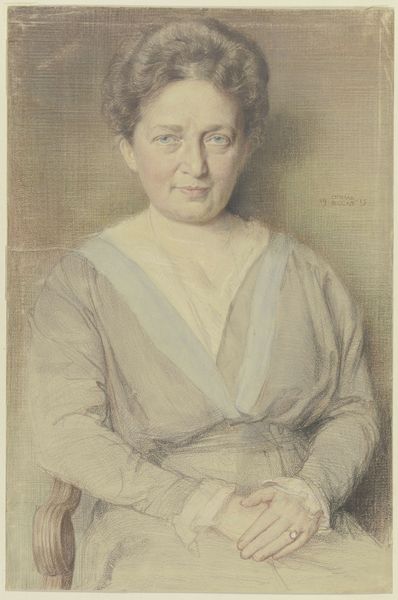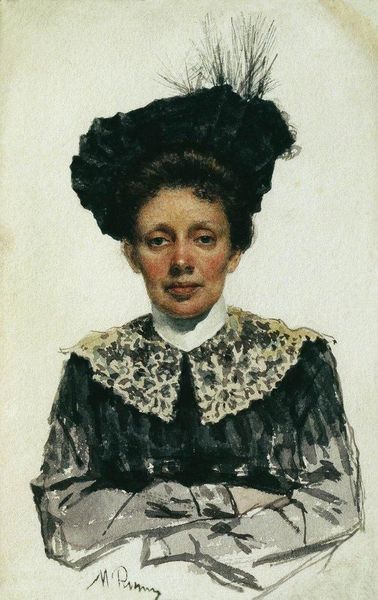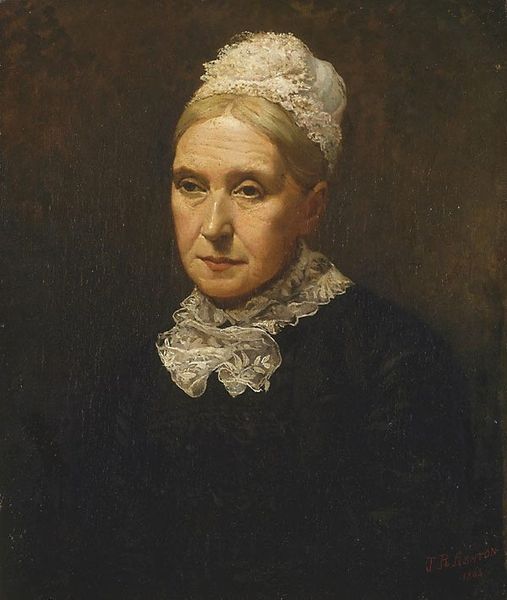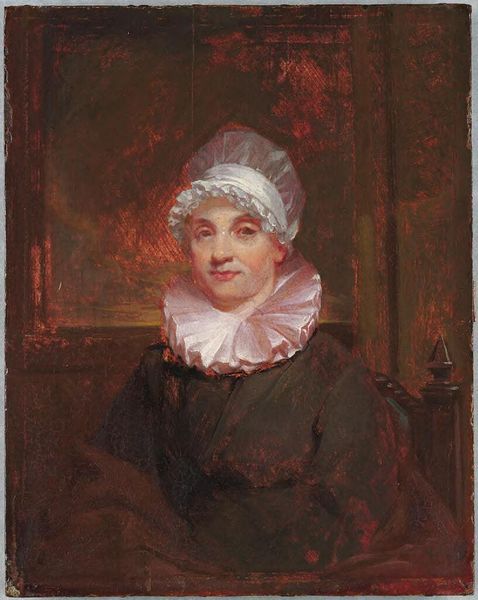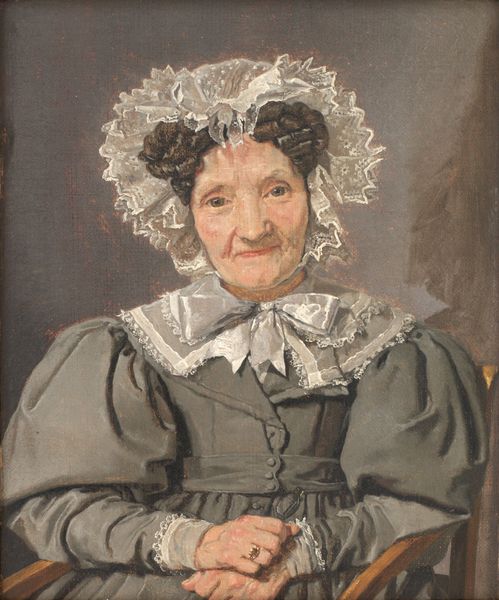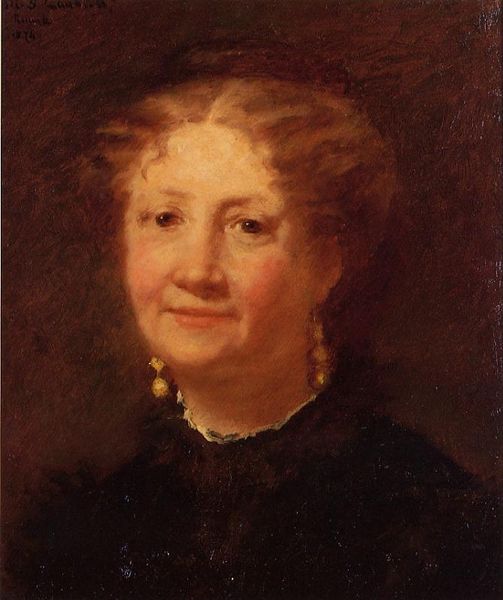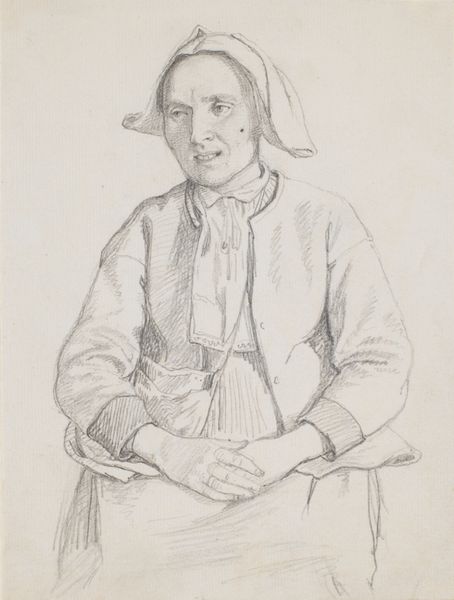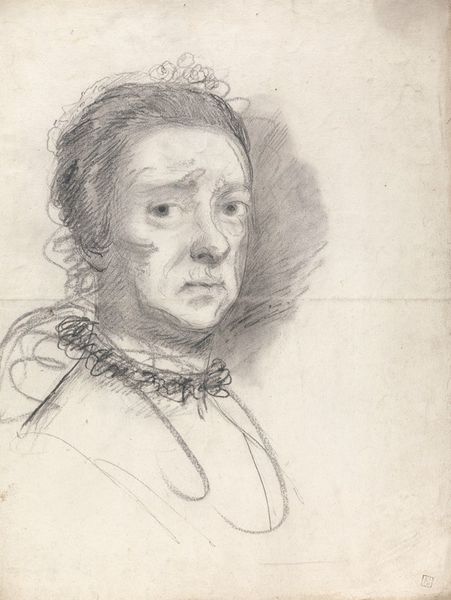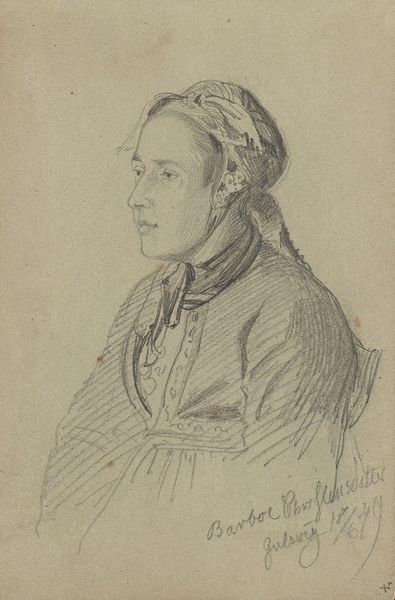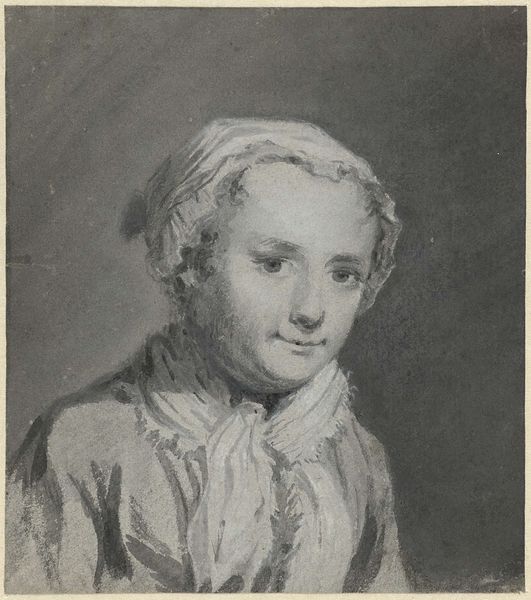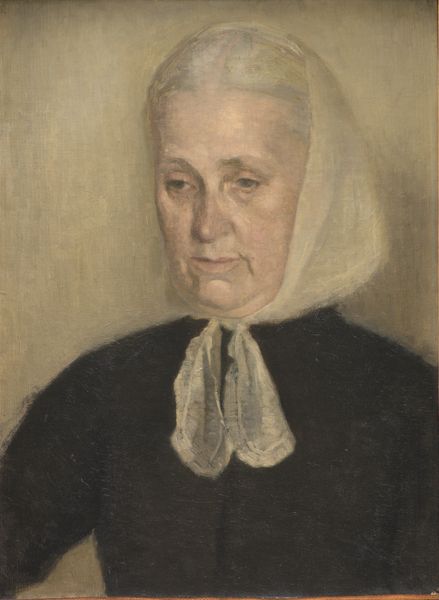
drawing, pastel
#
portrait
#
drawing
#
charcoal drawing
#
portrait drawing
#
pastel
#
realism
Copyright: Zinaida Serebriakova,Fair Use
Editor: This is "The Old Lady in a Bonnet, Brittany" by Zinaida Serebriakova, created in 1934 using pastel and charcoal. The woman's gaze is really striking and composed. What do you see in this portrait? Curator: I see a powerful representation of aging and resilience, set against a backdrop of cultural expectation. The bonnet immediately situates her within a specific socio-economic and geographical context of Brittany. It’s more than just a quaint, regional costume; it’s a marker of identity, perhaps even resistance against cultural homogenization. Does the drawing feel sympathetic to you? Editor: Yes, very much so. The details in her face and hands suggest a life of hard work, but she holds herself with dignity. What’s interesting is the way Serebriakova, a Russian émigré living in France, chooses to portray this woman. Curator: Precisely. Consider the power dynamics at play. Serebriakova, though also an outsider, possessed a certain level of privilege compared to the woman she depicts. This work becomes an intersectional statement about class, gender, and cultural identity. Is it a straightforward representation, or is Serebriakova using her position to amplify a marginalized voice? Editor: I didn’t think about that initially, but it definitely adds another layer to the interpretation. It raises questions about who gets to tell whose story. I think there's a strong empathy in the drawing, but perhaps complicated by those power dynamics. Curator: Exactly! Art doesn't exist in a vacuum; it’s a product of its time and the social forces at play. The artist's position always influences their interpretation. So, ultimately, this piece prompts us to consider not just *what* is depicted, but *who* is doing the depicting, and *why*. Editor: This has really opened my eyes to thinking about the layers of meaning in portraiture beyond the surface level. Curator: And hopefully inspired us to question whose voices get amplified in art history.
Comments
No comments
Be the first to comment and join the conversation on the ultimate creative platform.
